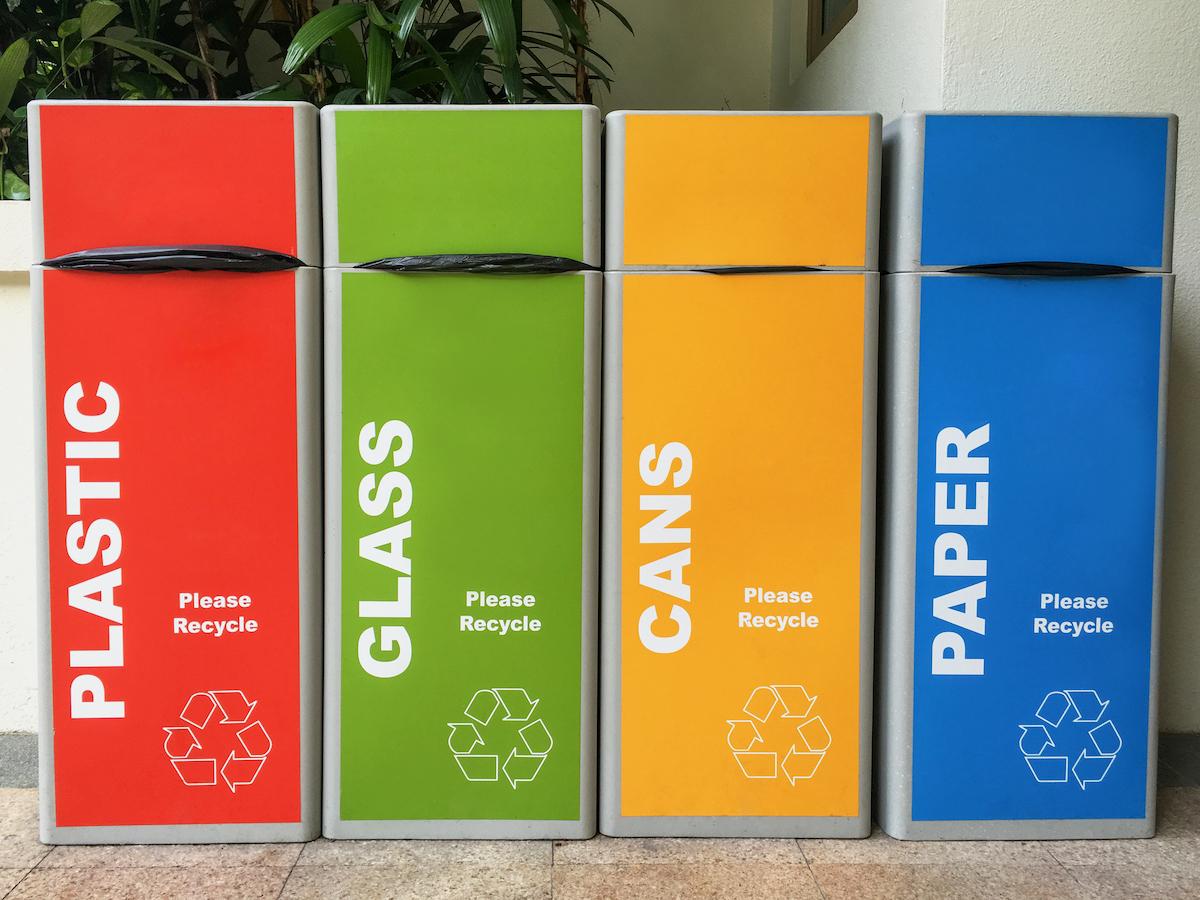How to Reduce Your Carbon Footprint at Home, At School, and More
There are so many easy ways to lower your carbon footprint around the house.
Updated Aug. 1 2019, 4:25 p.m. ET

From zero waste to low impact to carbon footprint, there are so many buzzwords surrounding sustainable living these days. One helpful way to get started on a sustainable journey is to understand your carbon footprint, which is an interesting way of measuring your environmental impact.
Read on for everything you need to know about carbon footprints, how to calculate your personal carbon footprint, and easy ways to lower that number.
What Does Carbon Footprint Mean?
A carbon footprint is the “total amount of greenhouse gases produced to directly and indirectly support human activities” for a particular individual, according to Time for Change. It is also possible to measure the carbon footprint of a company, event, or other entity.
Carbon footprints are usually measured in metric tons of CO2 equivalent (CDE or CO2e). Your carbon footprint essentially represents the equivalent number of greenhouse gas emissions that your activities are responsible for.
How Is Carbon Footprint Calculated?
There are a number of websites that can help you calculate your carbon footprint — for example, the calculator on CarbonFootprint.com. The more information you have, the more accurate of a calculation the website will give you. For example, CarbonFootprint.com asks for information from your electricity bill, what flights you’ve taken, what kind of car you drive and its mileage, how much public transportation you take, and more.
How to Reduce Your Carbon Footprint at Home
One of the most important places to reduce your carbon footprint is at home, since we spend so much time there. Here are a few areas in your house where you can lower your impact, with tips on easy ways to do so.
Electricity
- Switch to a clean energy provider.
- Install solar panels.
- When light bulbs die, replace them with LED light bulbs.
- Unplug appliances when not in use, from your microwave to your phone charger.
- Install energy-efficient insulation in your home.
- Use curtains as bonus insulation — in the winter, open curtains when it’s sunny for some free heat, and close them when the sun goes down to block the chill from coming in, and the heat from escaping.
- Open a window instead of running the AC when possible.
- Turn off your air conditioning or heating when you leave the house. And when you’re home, lower your thermostat by a degree or two in the winter, and raise it by a degree or two in the summer — it likely won’t make a noticeable difference to your comfort, and you’ll save a significant amount of energy (and money!).
- Close lights when you leave the room.

Kitchen
- Grow produce in your garden or herbs on your windowsill.
- Cook more plant-based meals, since meat, eggs, and dairy have the highest environmental impact of any food.
- Buy less plastic-packaged food — here are some of our best tips for low-waste grocery shopping.
- Reduce food waste by meal planning, shopping smarter, and getting creative with leftovers.
- Set up a compost bin for food scraps, even if you live in a small space.
Laundry Room
- When you need a new laundry machine, consider an energy-efficient washer and dryer.
- Use plant-based and non-toxic detergent.
- Wash with cold water.
- Hang dry when possible.
- Stop using fabric softener and dryer sheets.
Water
- Use leftover bath water or water from washing dishes to water plants.
- Don’t leave the water running when you don’t need it — for instance, when you’re brushing your teeth or washing dishes, turn the faucet off in between rinses.
- Get an energy-efficient shower head or monitor your water use with a Lotik water sensor.
- Eating less animal products is one of the best ways to reduce your carbon footprint in terms of water consumption, since meat, dairy, and eggs require more water than plant foods.
How to Reduce Your Carbon Footprint at School or Work

Once you’ve lowered your footprint at home, the next step is doing the same at your school or your workplace. Here are a few ideas of things to work with leaders at your school or workplace on:
- Refine the recycling program with clearer recycling labels.
- Set up a composting program.
- Talk to your coworkers or peers about going digital and printing less.
- Ask the building manager to switch to LED lightbulbs and to turn off AC and heat on the weekends.
- Unplug computers on the weekends.
- Remove small garbage cans from underneath desks at the office, which will encourage employees to bring their trash and recycling to the kitchen or common area, where they will hopefully recycle all recyclable items.
- Talk to leaders about instituting Meatless Monday, or even making the entire school or workplace meat-free, like WeWork did.
How to Reduce Your Carbon Footprint When Flying or Traveling
Many environmentally-conscious people try to reduce their carbon footprint when traveling. For example, teenage activist Greta Thunberg refuses to fly in airplanes, since they burn so many fossil fuels. Since flying is one of the highest-impact activities we do, here are a few tips to reduce your impact while in transit:
- Consider taking public transportation instead of flying, if the location is close enough.
- If you are going on vacation with a group, consider driving instead of flying — it will be cheaper, and have less emissions.
- Next time you need a new car, go for an electric or hybrid model.
- Look into purchasing carbon offsets for your trip — but make sure to do your research.
- Pack your own food, empty water bottle, and whatever else you need to reduce the amount of trash you produce on your flight.
What Is the Average Carbon Footprint?
According to CarbonFootprint.com, the average footprint for U.S. residents is 16.49 metric tons per person; the average global carbon footprint is 4 metric tons per person; and the global goal is for an average of 2 metric tons per person. Clearly, we in the U.S. have a long way to go.
Why Is Carbon Footprint Important?
We don’t often get to directly see the impact our choices have on the environment. By calculating your carbon footprint and setting a goal of where you want it to be, you may have more motivation to make a few changes. Plus, if you calculate your footprint over and over, you will be able to watch your impact on the Earth go down in a quantifiable way.
Is Zero Carbon Footprint Possible?
While it is possible to purchase enough carbon offsets to negate all the emissions from your lifestyle, you can’t ignore the fact that you are still responsible for greenhouse gas emissions — we all are. Instead of relying on carbon offsets to reduce your footprint, try picking one new way to lower your impact every week. It's not about perfection, just about doing the best we can.